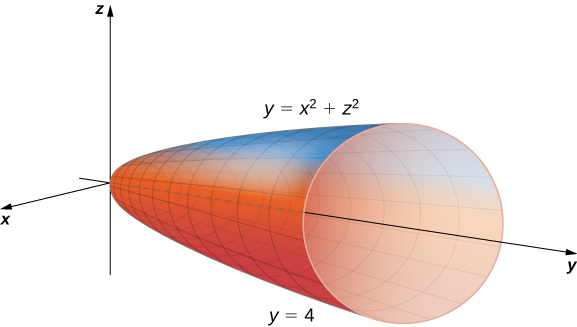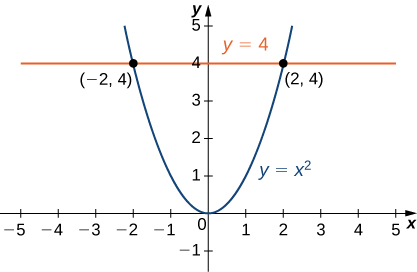| << Chapter < Page | Chapter >> Page > |
As we have already seen in double integrals over general bounded regions, changing the order of the integration is done quite often to simplify the computation. With a triple integral over a rectangular box, the order of integration does not change the level of difficulty of the calculation. However, with a triple integral over a general bounded region, choosing an appropriate order of integration can simplify the computation quite a bit. Sometimes making the change to polar coordinates can also be very helpful. We demonstrate two examples here.
Consider the iterated integral
The order of integration here is first with respect to z , then y , and then x . Express this integral by changing the order of integration to be first with respect to x , then z , and then Verify that the value of the integral is the same if we let
The best way to do this is to sketch the region and its projections onto each of the three coordinate planes. Thus, let
and
We need to express this triple integral as
Knowing the region we can draw the following projections ( [link] ):
on the -plane is
on the -plane is and
on the -plane is

Now we can describe the same region as and consequently, the triple integral becomes
Now assume that in each of the integrals. Then we have
The answers match.
Write five different iterated integrals equal to the given integral
(i) (ii) (iii) (iv) (v)
Evaluate the triple integral where is the region bounded by the paraboloid ( [link] ) and the plane

The projection of the solid region onto the -plane is the region bounded above by and below by the parabola as shown.

Thus, we have
The triple integral becomes
This expression is difficult to compute, so consider the projection of onto the -plane. This is a circular disc So we obtain
Here the order of integration changes from being first with respect to then and then to being first with respect to then to and then to It will soon be clear how this change can be beneficial for computation. We have
Now use the polar substitution and in the -plane. This is essentially the same thing as when we used polar coordinates in the -plane, except we are replacing by Consequently the limits of integration change and we have, by using

Notification Switch
Would you like to follow the 'Calculus volume 3' conversation and receive update notifications?